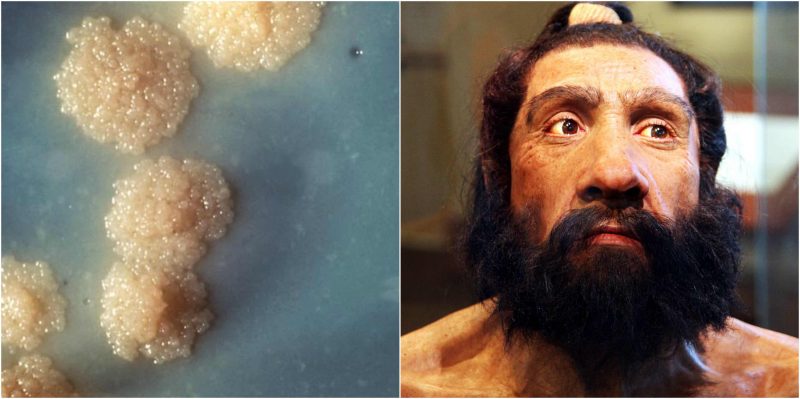For decades it has been assumed that our ancestors were the main cause of the extinction of Neanderthals. A new analysis aims to change that assumption. This analysis suggests that Neanderthals, which are a closely-related species of early human, may have died out after catching the tropical diseases against which our ancestors had immunity.
As early humans migrated out of Africa and into Europe, they spread diseases that Neanderthals had never come across before. Studying the latest genetic, fossil, and archaeological evidence, researchers claim that Neanderthals suffered from a wide range of diseases that still plague us today.
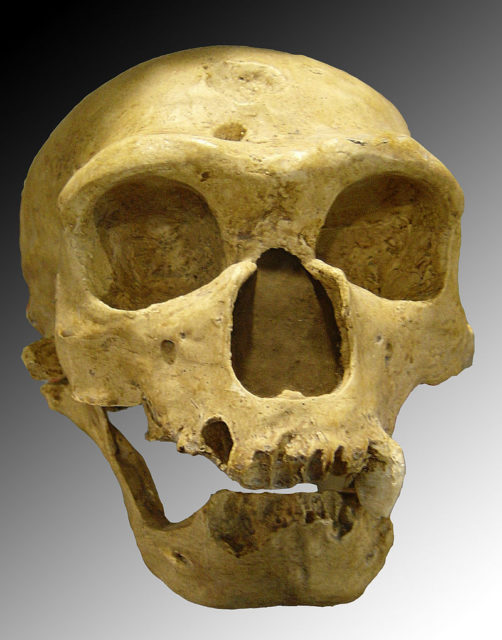
Before the migration of our ancestors, Neanderthals had survived in Europe and parts of Asia for about 200,000 years. Then about 45,000 years ago they vanished; this is about the same time when our species left Africa. It has been 30,000 years since early humans are thought to have wiped out the Neanderthals. At their peak, Neanderthal population is thought to have been 70,000, and they lived in hunter-gatherer societies.
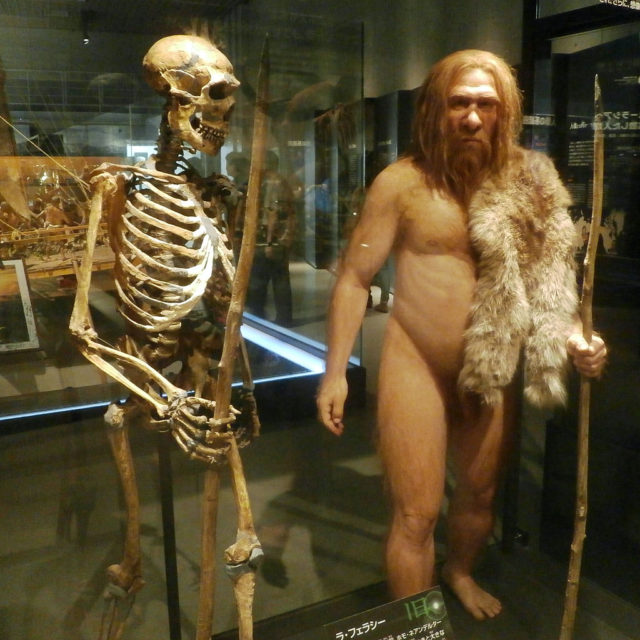
The previous theory claimed that Homo Sapiens wiped out Neanderthals in several ways – competing with them in the struggle for food and resources, interbreeding with them, and even killing them outright.
Whatever the cause of their demise, the new analysis claims that the Neanderthals have made the modern human more vulnerable to diseases such as cancer and diabetes. It’s their revenge from beyond the grave.
How did they do this? Researchers explain that Neanderthals and modern humans possibly co-existed for thousands of years and, of course, interbred. This means that Europeans now have about two percent Neanderthal DNA. These genes have left us the legacy of an increased risk from cancer and diabetes. On the other hand, some genes that we inherited could have also improved our immunity to other diseases.
Scientists have found that part of our HLA system, which helps white blood cells to identify and destroy foreign material in the body, could have come from Neanderthals. Other researchers have suggested that humans outside of Africa are more vulnerable to Type 2 diabetes because of their

Neanderthal inheritance.
There have been many studies to identify what kind of diseases the Neanderthals suffered from that we still deal with today. Researchers from Oxford and Plymouth university have found the genes thought to be risk factors in cancer. A gene that can cause diabetes in Latin Americans is thought to come from Neanderthals long before their ancestors colonized the New World. Yet another genetic study from scientists at the University of Buffalo suggests that Neanderthals may have suffered from psoriasis and Crohn’s disease, which is a condition that affects the digestive system. Other genes found in modern Papua, New Guineans that are involved in the immune response against viruses like dengue and influenza may have come from Neanderthals.
The final blow, however, may have been the infectious diseases carried by modern humans. Dr. Charlotte Houldcroft, an anthropologist at the University of Cambridge and her colleagues claim that infections such as tapeworm, tuberculosis, stomach ulcers, and types of herpes are chronic diseases that would have weakened the Neanderthals.
Previous evidence supports the theory that viruses moved into humans from other hominids while they were still in Africa. As humans moved out of Africa, they would have brought these viruses with them. This would have put the Neanderthals at risk, because they had no immunity against the new diseases.
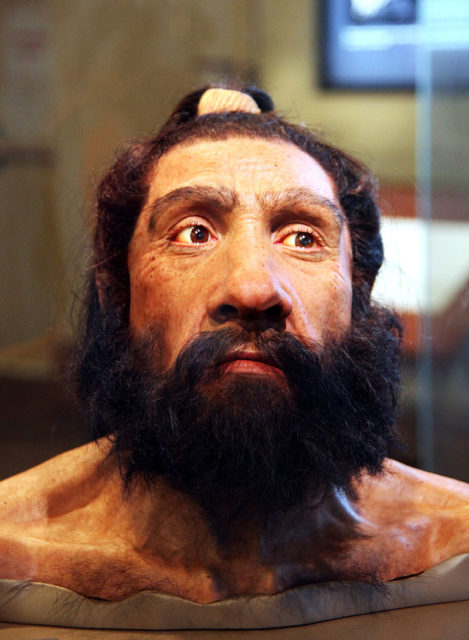
Dr. Houldcroft said, “Humans migrating out of Africa would have been a significant reservoir of tropical diseases. For the Neanderthal population of Eurasia, adapted to that geographical infectious disease environment, exposure to new pathogens carried out of Africa may have been catastrophic.” Yet she cautions comparing this to more recent examples. “However, it is unlikely to have been similar to Columbus bringing disease into America and decimating native populations. It’s more likely that small bands of Neanderthals each had their own infection disasters, weakening the group and tipping the balance against survival.”
These findings support the growing consensus that Neanderthals were killed off by a combination of climate change and competition with humans. Despite their extinction, recent studies have suggested that Neanderthals were not the bumbling animals they are often portrayed as, but rather, Neanderthals were more sophisticated and intellectually-advanced than previously believed.
Stone tools have been discovered at sites inhabited by Neanderthals, suggesting that they were skilled tool makers and had adept hand-to-eye coordination. In France, a 60,000-year-old multi-purpose bone tool was unearthed; this means that Neanderthals understood how to use bones to make useful devices. They may have used powdered rocks to lower the temperatures needed to light wood shavings. If this is the case, then they had the ability to control fire, which has broad implications for their cognitive abilities, society, and culture.
Yet another recent discovery by the researchers at the Muséum National d’Histories Naturelle in Paris advocates that Neanderthals may have built homes using the materials they had available. For example, a 26-foot wide building was discovered that had been created 44,000 years ago out of mammoth bones. Many of these bones had been decorated with carvings and ocher pigments. Neanderthals created art – the oldest cross-hatched engravings are found inside Gorham’s Cave in Gibraltar. At a 130,000-year-old site in Krapina in Croatia, eight talons were unearthed and are now considered to be the world’s first jewelry – specifically, a necklace.
This raises the question about how they lost out to early humans. It could be that groups of Neanderthals were already weakened by disease brought by humans, which left them unable to compete for resources effectively.
Dr. Simon Underdown is a principle lecturer in anthropology at Oxford Brookes University and co-author of the study. On the topic of weakened Neanderthal groups, he commented, “As Neanderthal populations became more isolated, they developed very small gene pools, and this would have impacted their ability to fight disease.”
One of the diseases that was possibly brought over was herpes. Since Neanderthals had never come across such a disease, they had never gained immunity. So, when they encountered infected individuals, they likely caught and suffered from their diseases.
Another example of transferred disease is the bacteria Helicobacter pylori—the symptom of which is stomach ulcers. This bacteria is a prime candidate for a disease that humans may have passed to Neanderthals. It is estimated to have first infected humans in Africa 88,000 to 116,000 years ago, and arrived in Europe 52,000 years ago.
The study has been published in the American Journal of Physical Anthropology, and during the study, researchers analyzed recent genetic studies on Neanderthals and other early humans. They examined recent genetic research on common human pathogens; their goal is to trace the pathogens’ origins and then to combine it with fossil and archaeological evidence.
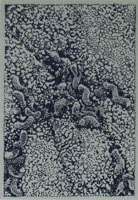
The evidence from the fossil record strongly suggest that Neanderthals were prone to suffer from traumatic injuries as a result of their hunter-gatherer lifestyle, but there are also signs of inflammation and infections.
Another study suggests that many diseases, such as typhoid, may actually pre-date agriculture and had a much longer “burn in period”. Many diseases that were actually thought to be zoonosis – infections that are transferred from animals to humans – may have been transmitted from humans to animals originally. This then suggests that early humans would have been carrying a plethora of different pathogens when they left Africa around 60,000 years ago.
On this study Dr. Houldcroft said, “We are beginning to see evidence that environmental bacteria were the likely ancestors of many pathogens that caused disease during the advent of agriculture, and that they initially passed from humans into their animals.”
Neanderthals didn’t just give us genes that affect us negatively; DNA analysis has shown that they carried the genes that are thought to have enabled modern humans to speak. According to the analysis of ancient DNA, Neanderthals also carried genes that would have protected them from bacterial blood poisoning, or sepsis.

As mentioned above, Neanderthals are thought to have lived as hunter-gatherers. This means that they would have lived in small groups that foraged for their food and supplies. These groups would have been between 15 and 30 individuals. This means that although disease would have broken out occasionally, it would have been unable to spread very far. This changed once early humans brought agriculture, which provides the perfect conditions to spread rampantly. Of course, these diseases were already present, but it took a change in culture for them to become more widespread.
“The herpes virus is transmitted sexually and through saliva. As we now know that humans bred with Neanderthals, and we all carry 2 to 5 per cent of Neanderthal DNA as a result,” said Dr. Houldcroft, “it makes sense to assume that, along with bodily fluids, humans and Neanderthals transferred diseases.”
Humans not only share DNA with Neanderthals, but we also have the DNA from Denisovan, which were another early human ancestor. This includes genes that provide immunity to viral infections, such as encephalitis – an infection, according to Dr. Underdown, that would have been common in the forested areas of northern Europe, so immunity would have been an advantage.
“There are genetic signals in the Neanderthal genome that suggest quite clearly that they were exposed to these types of diseases but also developed some resistance to them.” Said Dr. Underdown, “It had been thought that many of these diseases began infecting humans with the population increases that came with domestication of animals and permanent settlements. But here we have got Neanderthals being infected by these diseases long before those developments.”
